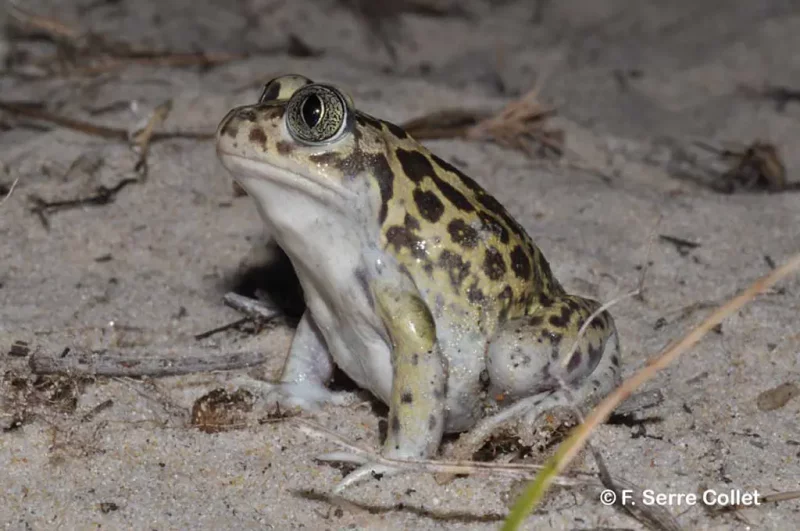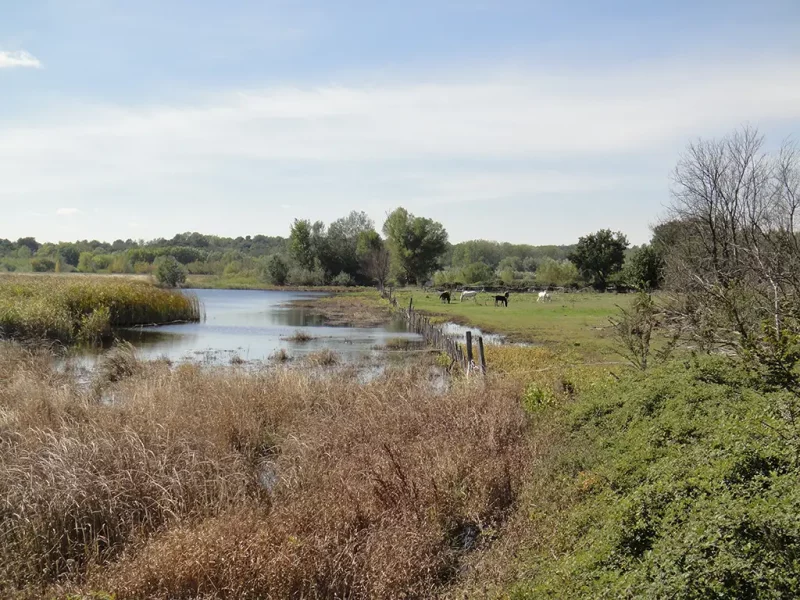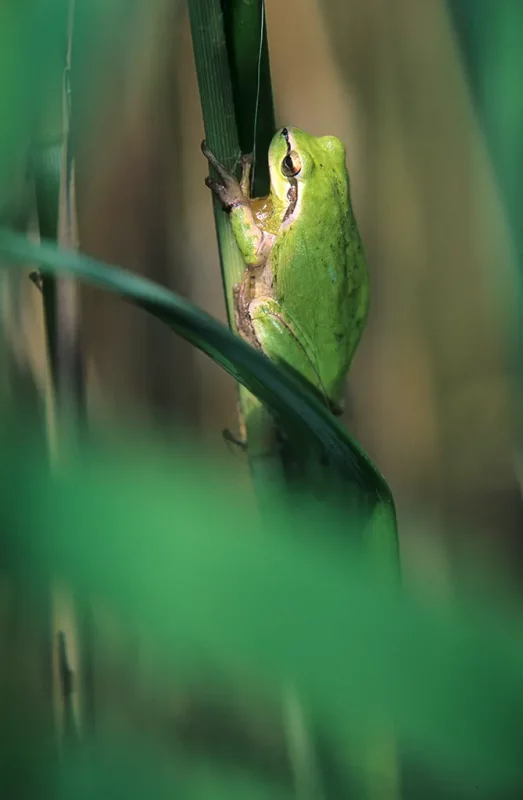Why is building toad tunnels necessary?
The La Capelle pond and puddles site in a recorded breeding site for many species of amphibians (common parsley frog, spiny toad, fire salamander, green frog, palmate newt…), some being of community importance, such as the natterjack toad or the western spadefoot toad.
These amphibians make their prenuptial and postnuptial migrations between the pond and puddle network, respectively located in the east and west of the site, and the surrounding terrestrial environments.
The roads rimming this site are not only involved in the habitats’ fragmentation, they are also the cause of fatal traffic collisions. This mortality by collision became a fact since the 2000’s, and might be even more important in some segments of roads RD982 and RD279.


